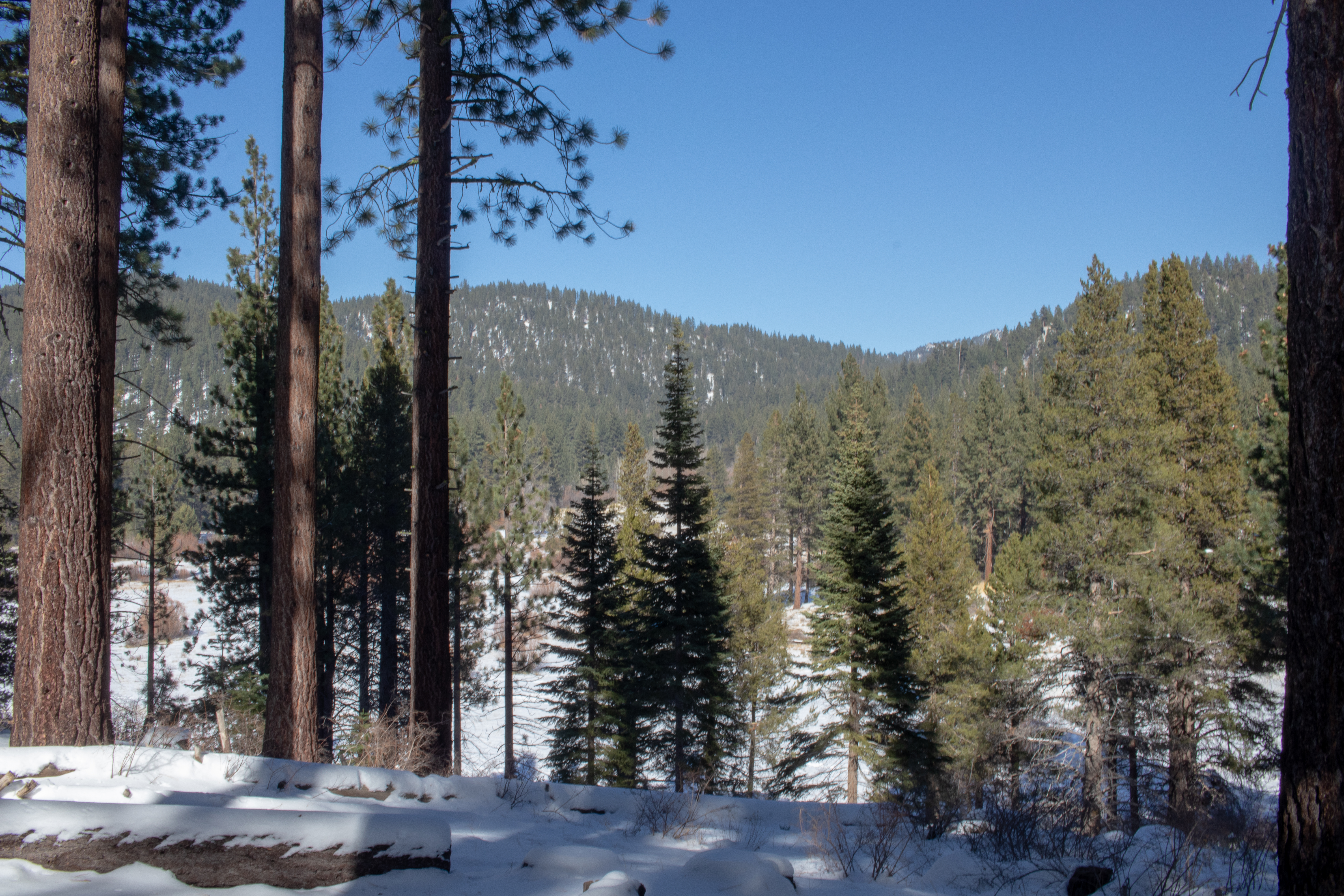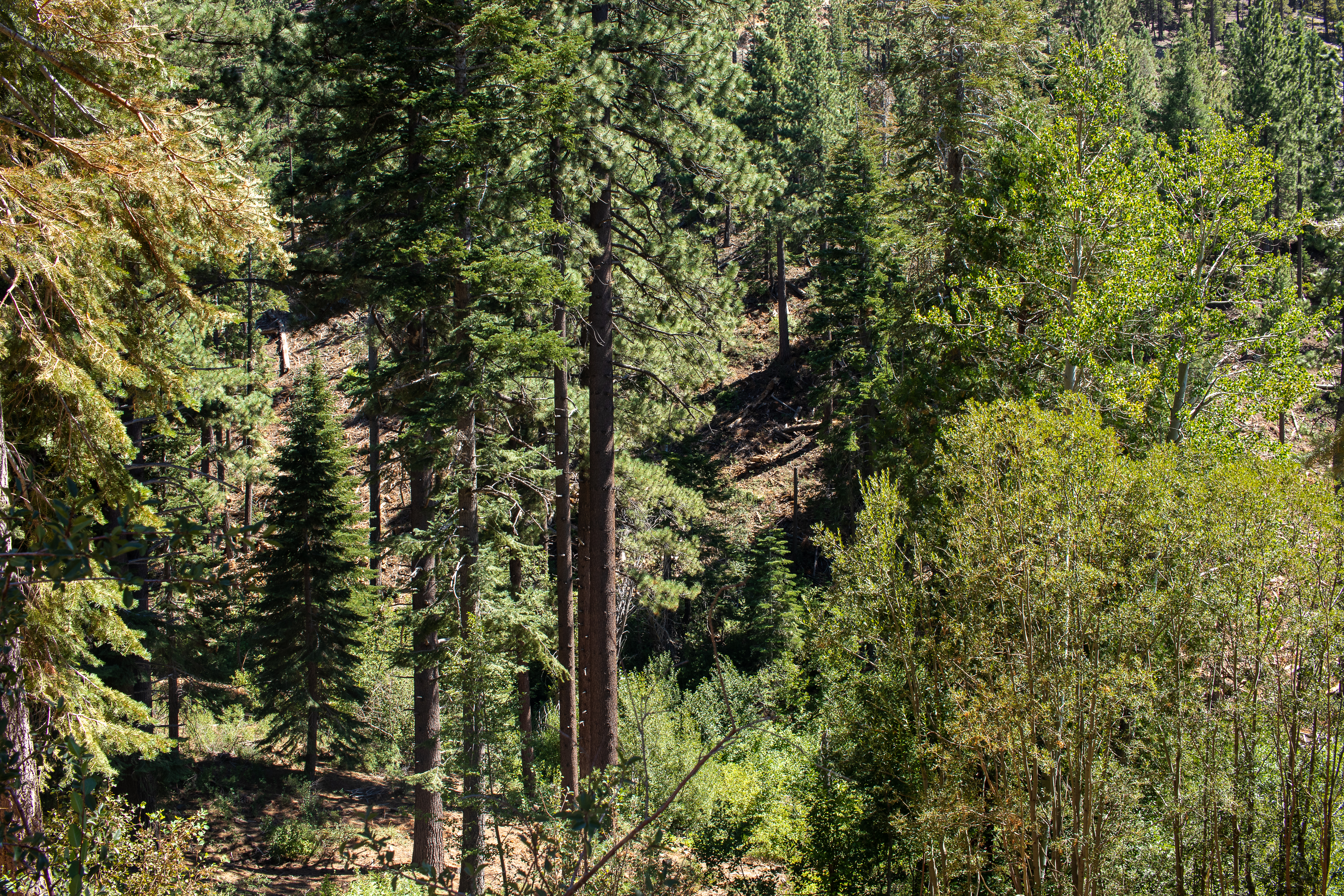Wildfire Rehabilitation & Restoration
Post-wildfire rehabilitation is the application of procedures and techniques aimed at stabilizing soils and aiding the return of normal hydrologic and biologic functions on a site after wildfire. Fire is a natural process in many of Nevada’s ecosystems and is necessary to maintain diversity of wildlife and plant species. Rehabilitation is necessary when certain circumstances threaten human life, property or ecosystem sustainability.
When to Consider Post-fire Rehabilitation
- Fire intensity and severity was great enough to kill most vegetation on the site and leave large areas of bare ground.
- Fire severity was great enough to cause soil alterations such as hydrophobicity, crusting, crystallization, or agglomeration.
- Soils lack any stabilizing features and will likely wash away or result in mud slides under probable precipitation conditions.
- Invasive species are present in large enough populations to outcompete plants that are necessary for watershed and ecosystem functionality.
- Pre-fire vegetation composition does not provide the suite of species necessary for a reasonable rate of recovery of soils stabilization and ecosystem function.
Background
Nevada is located in the Great Basin, which contains fire dependent ecosystems. These ecosystems require low severity fire to reduce fuel loads, decrease plant competition, and cycle nutrients. Each ecosystem (e.g. Sierra Nevada pine forests, aspen woodlands, pinyon-juniper woodlands, sagebrush steppe, etc.) experience fire differently because their fuel loads create different fire intensities and severities. All of these systems have experienced dramatic increases in fuel accumulations due to over 100 years of fire suppression, and introductions of invasive species like cheatgrass. These changes result in more frequent fires with greater severity and intensity. High intensity/severity fires kill fire adapted vegetation and damage soil, which in-turn leads to increased soil erosion, invasive species increases, and long-term site degradation. Rehabilitation is implemented to prevent these situations. Nevada Division of Forestry and other agencies employ natural resource professionals such as foresters and rangeland managers that are trained to study these sites and to prescribe and apply the proper rehabilitation measures.
Benefits of Post-wildfire Rehabilitation
Human Life/Safety and Property
In certain scenarios, the post-fire ecosystem response can as dangerous as the fire itself. For example, dust can blow across highways, causing dangerous driving conditions that can result in accidents, injuries and death. Debris flows and floods can flow from hillsides unexpectedly and damage roads, bridges, buildings, and agricultural lands. In the worst cases, they can drown people in their cars, homes, or while they are out recreating.
Ecosystem Recovery
Ecosystems recover after fire through processes that stabilize soils, establish vegetation, and promote water retention. With the implementation of post-fire rehabilitation techniques, the processes can be hastened to aid speedy recovery of ecosystem functions, like water filtration, soil development, primary production, and nutrient cycling.
Soil Stabilization
Soils are a foundational element of terrestrial ecosystems and provide for many ecosystem functions (e.g. plant growth and water filtration). If soils are destabilized by wildfire and subsequent excessive soil erosion takes place, then the site’s ability to allow the same level of ecosystem function will be compromised until soils are re-formed, which can take thousands of years. Soil stabilizing techniques can be applied to prevent excessive erosion while soils and plants recover after a wildfire.
Ecosystem Uses and Benefits
A healthy ecosystem provides clean water, lumber, recreation, safe community environments, livestock forage and wildlife habitat that humans and wildlife depend on for survival. Post—fire rehabilitation can ensure that these uses and benefits are restored to pre-fire levels.
Application of Post-wildfire Rehabilitation
There are many rehabilitation techniques which can be applied manually (hand crews), mechanically (bulldozers, etc.), or aerially (airplanes, helicopters). NDF can provide this kind of logistical support when funding is available. Plant materials, such as seeds and live plants can be purchased from the NDF Nursery or NDF Seedbank Program. Certain equipment such as seed drills can be leased from the NDF Seedbank Program.
Application of Post-wildfire Rehabilitation
There are many rehabilitation techniques which can be applied manually (hand crews), mechanically (bulldozers, etc.), or aerially (airplanes, helicopters). NDF can provide this kind of logistical support when funding is available. Plant materials, such as seeds and live plants can be purchased from the NDF Nursery or NDF Seedbank Program. Certain equipment such as seed drills can be leased from the NDF Seedbank Program.



